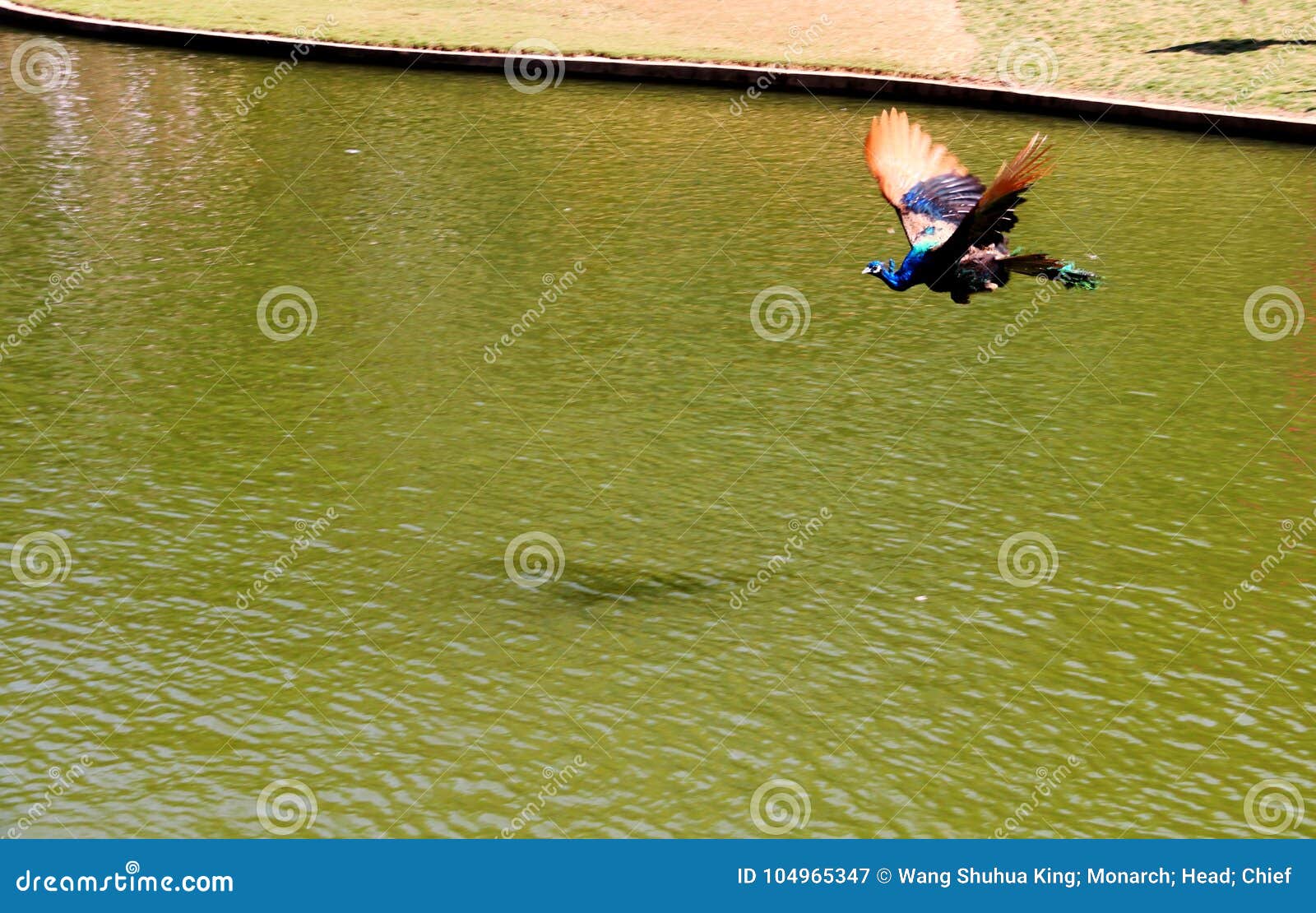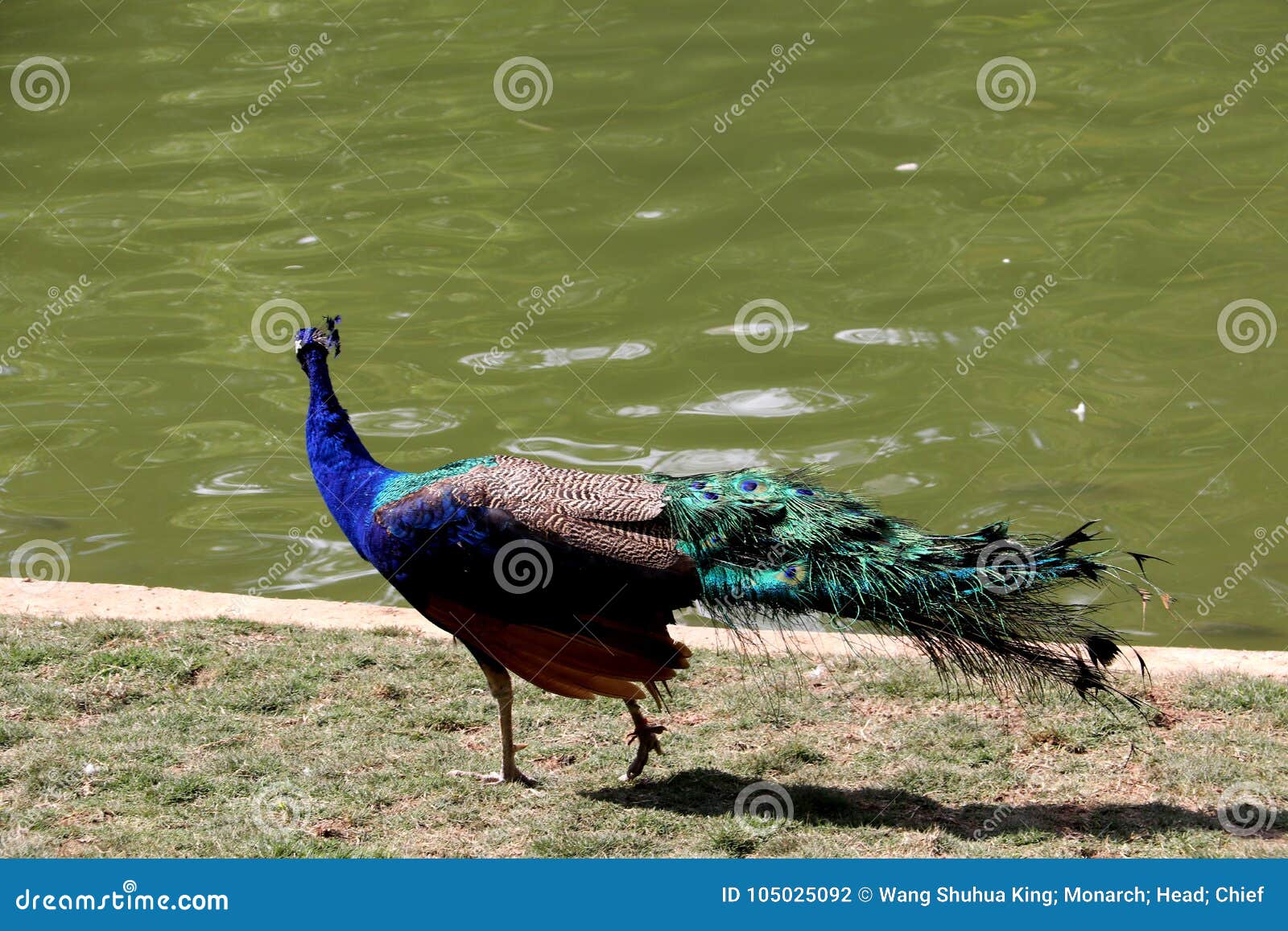Peacocks are often admired for their vibrant plumage and majestic presence, but many people wonder if these birds can actually fly. While their large tails and heavy bodies might suggest otherwise, peacocks do possess the ability to take to the skies. This introductory section delves into the fascinating world of peacock flight, shedding light on their aerial capabilities. Understanding the mechanics of their flight and the reasons behind it can help us appreciate these magnificent creatures even more.
Despite their reputation as ground-dwelling birds, peacocks are not entirely earthbound. These majestic creatures have evolved to adapt to various environments, including flying to safety or roosting in trees. Their flight is not as prolonged or swift as that of other birds, but it serves essential purposes in their survival. From escaping predators to finding suitable perches, peacocks rely on their ability to fly in specific situations.
As we explore the intricacies of peacock flight, it becomes evident that their aerial abilities are a testament to their adaptability and resilience. By examining their physical characteristics, behavioral patterns, and environmental influences, we can gain a deeper understanding of how and why peacocks fly. This article aims to provide comprehensive insights into the question of whether peacocks can truly soar through the skies.
Read also:Breaking News Understanding The Impact Of Fremont Accident Today
What Makes Peacocks Fly?
Peacocks possess several physical attributes that enable them to take flight, albeit in a limited capacity. Their wings, though smaller in proportion to their body size, are powerful enough to lift them off the ground. Additionally, their lightweight bones contribute to their ability to fly. While their long tails may seem cumbersome, they do not hinder their flight entirely. Instead, peacocks adjust their flying technique to accommodate their unique anatomy.
Why Do Peacocks Fly?
The primary reasons for peacock flight revolve around survival and safety. These birds often fly to escape predators or reach higher ground for roosting. Flying allows them to access areas that are inaccessible to ground-dwelling creatures, providing them with a strategic advantage. Furthermore, peacocks use flight as a means of navigation, especially during migration or when searching for food and water sources.
Do Peacocks Fly Long Distances?
Peacocks are not built for long-distance flights. Their flight is characterized by short bursts of energy, typically lasting a few seconds. This limitation is due to their heavy bodies and large tails, which require significant effort to lift. However, these short flights are sufficient for their survival needs, enabling them to reach nearby trees or escape immediate threats.
How Do Peacocks Adapt to Flight?
To compensate for their physical challenges, peacocks have developed unique adaptations that enhance their flying ability. Their wing muscles are highly developed, allowing them to generate enough lift to overcome their weight. Additionally, peacocks use their tails as a counterbalance during flight, stabilizing their movements and improving their aerodynamics.
Do Peacocks Fly Differently Than Other Birds?
Yes, peacocks exhibit distinct flying patterns compared to other birds. Their flight is slower and less agile, focusing on short, powerful bursts rather than sustained gliding. This difference is primarily due to their anatomy, which prioritizes display and ground-based activities over prolonged flight. Despite these limitations, peacocks remain capable flyers when necessary.
Environmental Influences on Peacock Flight
The environment plays a crucial role in determining when and how peacocks fly. In their natural habitats, peacocks often encounter obstacles such as dense vegetation or steep terrains, prompting them to take flight. Seasonal changes, such as monsoons or dry spells, may also influence their flying behavior, as they seek refuge or resources in elevated areas.
Read also:Hdhub4ubot Your Ultimate Guide To Highquality Movies And Tv Series
Do Peacocks Fly Higher Than Other Birds?
Peacocks do not fly as high as many other bird species. Their flights are typically limited to low altitudes, focusing on reaching nearby trees or escaping ground-level threats. This limitation is a result of their body structure and energy conservation strategies. However, their ability to reach sufficient heights for safety demonstrates their adaptability and resourcefulness.
Peacock Flight Patterns: A Closer Look
Peacock flight patterns are characterized by rapid wing beats and a direct trajectory. They rarely engage in complex maneuvers or prolonged flights, instead focusing on achieving their immediate objectives. Observing these patterns can provide insights into their behavioral traits and survival strategies. Below are some key characteristics of peacock flight:
- Short bursts of flight lasting 10-20 seconds.
- Direct flight paths with minimal deviation.
- Use of wings and tail for stabilization and balance.
- Preference for low-altitude flying.
What Role Does Flight Play in Peacock Communication?
While peacock flight is primarily a survival mechanism, it also plays a role in communication. The act of taking flight can signal distress or alert other peacocks to potential dangers. Additionally, peacocks may use their aerial displays to establish dominance or attract mates, incorporating flight into their elaborate courtship rituals.
Peacock Anatomy and Flight
The anatomy of peacocks is both a blessing and a challenge when it comes to flight. Their lightweight bones and powerful wing muscles enable them to overcome their heavy bodies and long tails. Despite these adaptations, their flight remains limited compared to other bird species. Understanding the interplay between their physical attributes and flying ability provides valuable insights into their evolutionary history.
Can All Peacocks Fly?
Yes, all peacocks have the ability to fly, though the extent of their flying capabilities may vary. Factors such as age, health, and environmental conditions can influence their flight performance. Young peacocks, for example, may not possess the strength or coordination required for efficient flight, while older birds may experience reduced capabilities due to wear and tear. Nonetheless, the ability to fly remains a fundamental aspect of peacock biology.
Table of Contents
- What Makes Peacocks Fly?
- Why Do Peacocks Fly?
- Do Peacocks Fly Long Distances?
- How Do Peacocks Adapt to Flight?
- Do Peacocks Fly Differently Than Other Birds?
- Environmental Influences on Peacock Flight
- Do Peacocks Fly Higher Than Other Birds?
- Peacock Flight Patterns: A Closer Look
- What Role Does Flight Play in Peacock Communication?
- Peacock Anatomy and Flight
- Can All Peacocks Fly?
In conclusion, the question of "do peacocks fly" reveals a fascinating aspect of these magnificent birds. While their flight is limited in duration and altitude, it remains a crucial component of their survival and behavior. By exploring the intricacies of peacock flight, we gain a deeper appreciation for their adaptability and resilience. Whether flying to safety, roosting in trees, or incorporating flight into their courtship displays, peacocks demonstrate the remarkable diversity of avian life.


